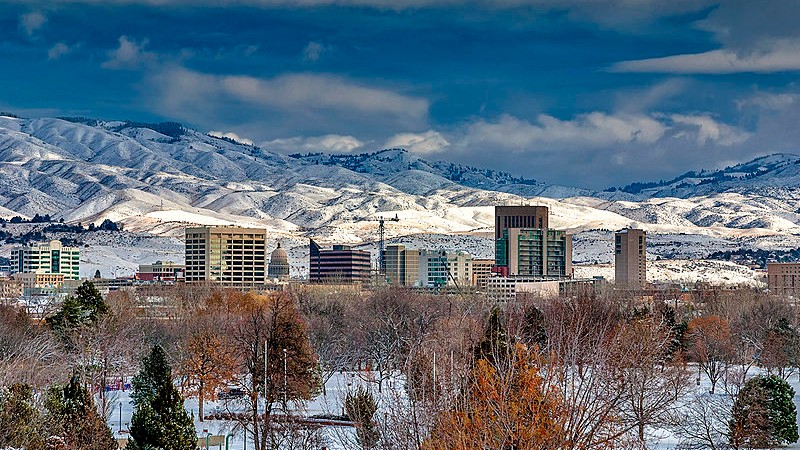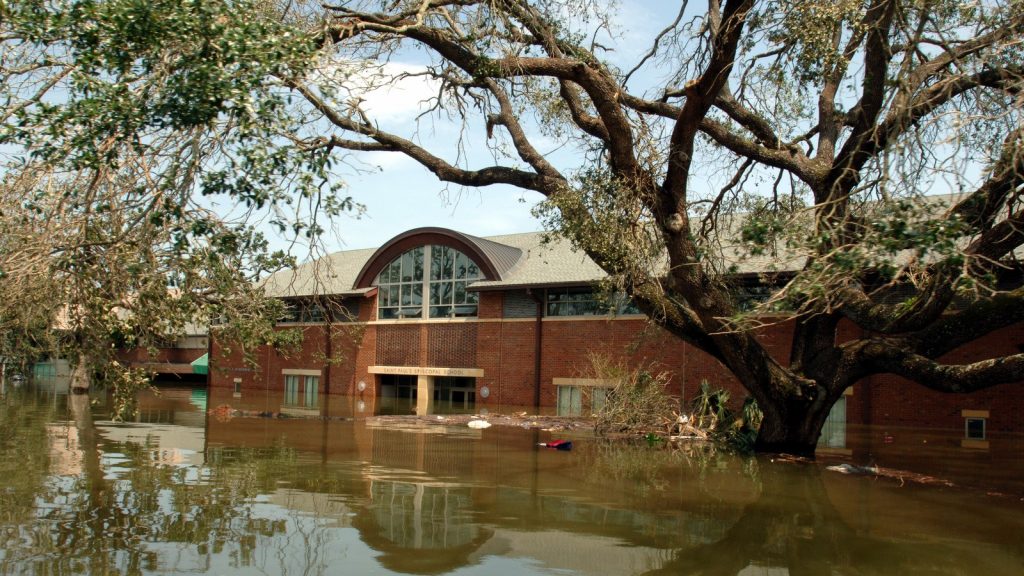Biden Administration Funds Initiative To Improve School Air Quality
The Biden administration announced an action plan worth millions headed to public schools to improve school air quality.

For all the bad the COVID pandemic has caused, might there be some good to come from it? Perhaps. In time. Stay with us here. One of the many negatives to come from the ongoing pandemic was the light it shined on the country’s public education system and with that, the facilities we call public schools. One major issue seen with these facilities is the poor school air quality they produce based on the infrastructure of older schools. The good news is that things are about to change.
Vice President Kamala Harris recently announced in an action plan that $500 million was going to be put toward upgrading public schools across the nation to make school air quality better for students, teachers, and school officials. The funding comes from President Joe Biden’s Build Back Better Act, the infrastructure law passed on November 19. Along with this $500 million, the Biden administration is also encouraging school districts around the country to use their American Rescue Plan funds to help improve school air quality, specifically schools’ HVAC systems.

Back in mid-March, the Environmental Protection Agency (EPA) launched the Clean Air in Buildings Challenge. This was in an effort to improve not only school air quality but air quality in other older buildings as well. The fact sheet focused on four steps to reach their goal.
- Create an action plan to improve air quality. Have this plan assess air quality, have it include plans for improvements and upgrades, and also have this action plan account for HVAC inspections and maintenance.
- Bring in fresh air so it can circulate indoors.
- Use central HVAC systems as well as in-room air-cleaning devices to enhance air filtration.
- Get the community involved and backing your school air quality action plan.
While it might seem like this idea of improving school air quality is fairly new and more coinciding with the COVID pandemic, it actually has been kicked around by the EPA for some time now. In fact, according to Tracy Enger, a program analyst at the Indoor Environments Division of the EPA, they have been working on the issue since 1988. So, while the pandemic has shined a light on school air quality issues, it’s an old light.
A Government Accountability Office report from 2020 found that 53% of our nation’s schools are in need of an upgrade. This would be building systems to also include HVACs. The EPA claimed the school air quality issue as their top priority back in 1994, almost 30 years ago. Now that there are funds earmarked for this exact purpose, Enger is hoping the problem will start to be solved.
Enger says the air quality in a school is as important as the teachers teaching. When schools are unable to open or they get shut down because of poor air quality, students are directly impacted. “What I want people to understand is that school building, that school building facility, is a part of the curriculum,” Enger said to K-12 Dive. “We also have to think about how we are controlling for indoor air quality, recognizing that we are dealing with really unique and vulnerable populations, our children, and how we then make choices about not just the HVAC system but everything from the roof to the flooring and everything in between,” she added.

Mike Pickens, executive director of the National Council on School Facilities, agrees with Enger and says that the $500 million will help. But it is only a start and not the full solution. Pickens claims there is an $85 billion shortfall in funds needed to improve school facilities. He notes that the average school in the United States is 50 years old and that $500 million won’t even be close to helping fix the many school air quality issues seen.
“There’s a great need in our country with upgrading HVAC equipment, probably one of the greatest needs we have in our school systems,” Pickens lamented. He even said that there are so many outdated schools that they don’t even have the luxury of a ventilation system. To fix or replace or completely add a new system could range from $1 million to $10 million. This is dependent on just how big a school is.
Of course, not one school district is going to thumb their noses at the chance of improving their school air quality. Clean air is the goal and $500 million will make a difference. But it’s just a start.



